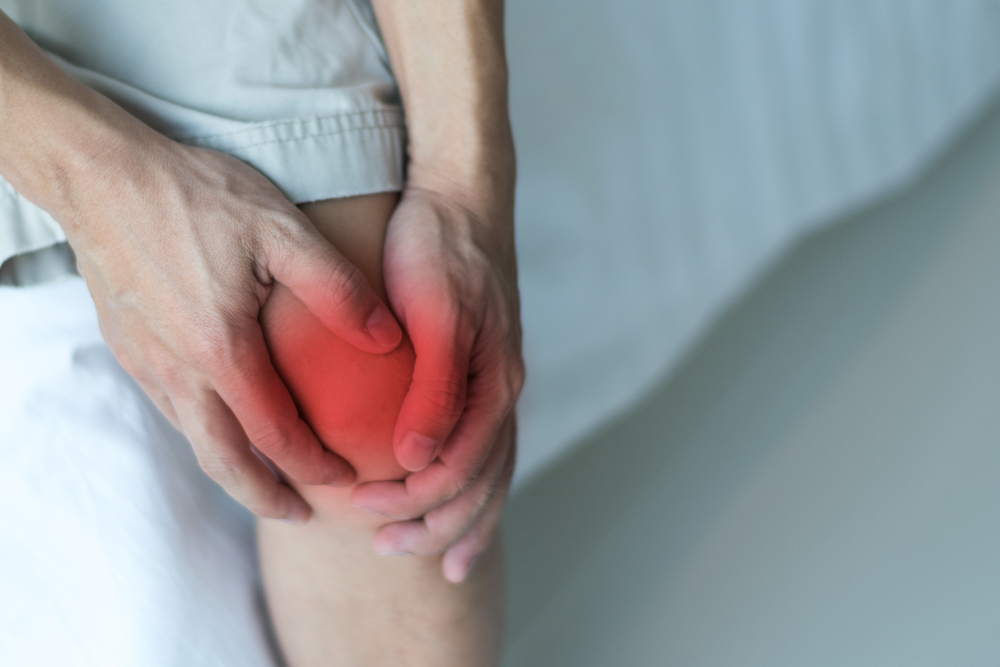If you find yourself with inflammation around the joint, also known as Bursitis, it can be incredibly painful. It limits day-to-day movement, making simple tasks seem impossible and stopping life in its tracks. Treatments and prevention methods are available to stop your suffering and get you back on track.
Firstly, what is it?
Bursitis is inflammation of the bursae, the fluid-filled sacs that protect against friction between bones and other tissues. Depending on the location in the body affected, it may cushion bones from other bones, tendons, muscle, or skin.
It can occur in many areas of the body, but most common is in the elbows, the wrists, the ankles, hips, or knees, caused by overuse or trauma. Certain conditions like thyroid disease, diabetes, arthritis, and infections can inflame the bursa. If you already have these conditions, you should take care to prevent or quickly treat the condition should it arise.
Jobs where it is common to rest on the joints often, such as a carpet fitter who is kneeling for long periods of time, can contribute to Bursitis, and the condition may be ongoing unless steps are taken to help.
Bursitis Diagnosis
Bursitis can be diagnosed by a specialist or doctor based on medical history, exam, and tests. The tests may include imaging with X-rays, an ultrasound, or an MRI. A consultant may order blood work or microscopic investigation of fluid drained from the affected bursa. Once the underlying cause of bursitis has been identified, they can then determine the appropriate course of treatment.
Bursitis Treatment
Treatment for bursitis depends on the underlying cause. One strategy to decrease the symptoms of bursitis is Rest, Ice, Compression, and Elevation (RICE). Pain and swelling can also be managed with certain drugs (NSAIDs).
The doctor may drain the excess fluid to stop the swelling. In some cases, corticosteroids injected into the affected bursa are sometimes used to decrease inflammation.
Use of a cane, splint, brace, or other support to reduce stress on the affected joint may be recommended to help encourage healing. Physical therapy may be ordered to help strengthen the area and encourage improved mobility.
Finally, surgery may be considered in severe cases when other treatments have been ineffective.
Bursitis Prevention
Taking certain precautions with movement is a way to protect joints and decrease the risk of bursitis. Changing positions and taking breaks every 20 to 40 minutes helps minimise strain on any one joint. Warming up and stretching before exercise helps protect your joints.
Exercising regularly and building up strength is better than pushing too hard and straining joints that have not yet had the chance to adapt to increased amounts of activity. Where possible, it’s also a good idea to stop activities that cause pain.
The next step to treating your Bursitis
Dr Stephanie Barrett is a consultant rheumatologist who works with patients with many different types of arthritis and joint pain.
If you think you may be suffering from Bursitis an appointment with Dr Barrett is a chance to discuss your symptoms and find the right treatment plan.
If you would like to find out more or to make an appointment with Dr Stephanie Barrett please call 020 7730 8508 or make an appointment here.



